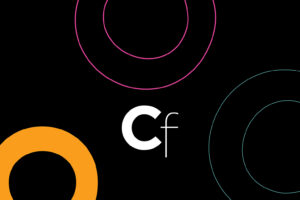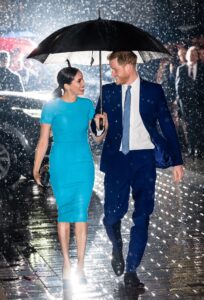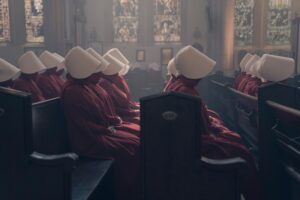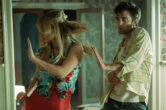Do We Still Dream of a Cyborg Future?
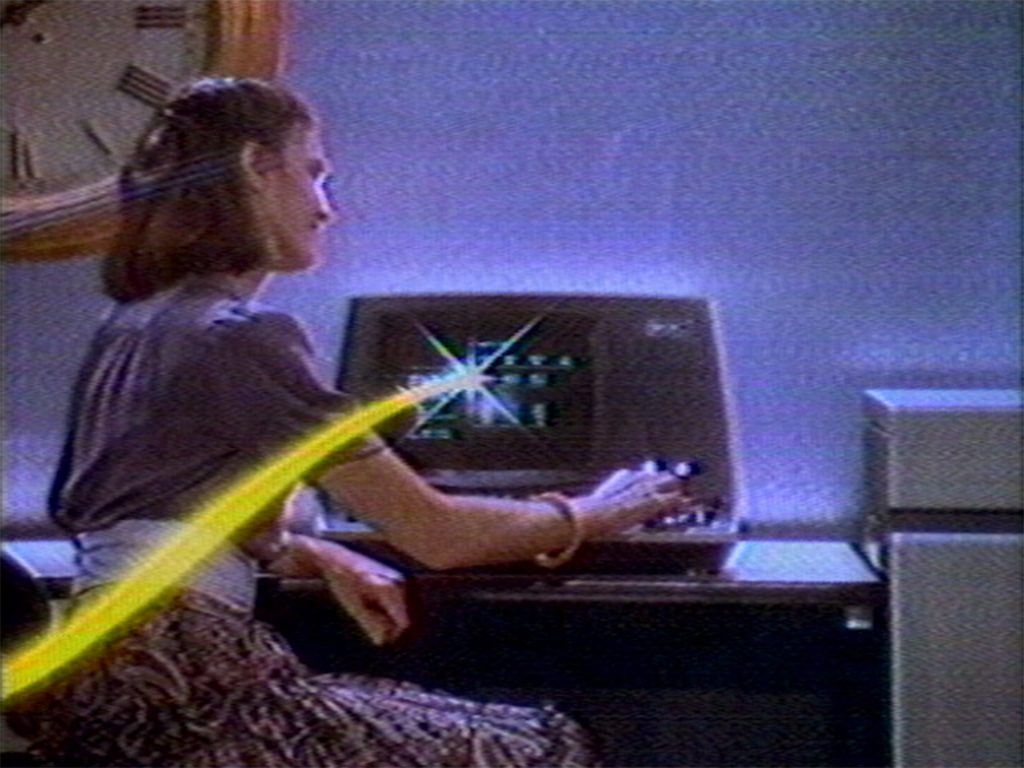

VIENNA — “I’d rather be a cyborg than a goddess,” the American scholar Donna Haraway wrote in her influential 1985 essay “Cyborg Manifesto.” Her idea that a cyborgian identity holds out a promise of a post-gendered utopia underscores the thrilling exhibition, Radical Software: Women, Art & Computing 1960-1991 at Kunsthalle Wien, curated by Michelle Cotton. Featuring works from the 1960s to ‘90s, Radical Software counters historical notions of computer art as predominantly male; more importantly, it prods the potentialities but also limits of a cyborgian body.
Cotton lucidly outlines the ways in which women artists engaged with computers: As language and code games, as tools and an aesthetic, and finally, as intimate extensions of bodies, engendering dreams of post-gender otherness, but also technological nightmares, denoting violence as much as emancipation. Vera Molnár, for instance, made “Letters to my mother” (1988), seen in the exhibition’s opening gallery, by running her mother’s letters through a computer program to generate drawings and, after the mother’s death, new letters. The work frames the human mind as a machine — but also machines as partly emotive, evidenced by the drawings’ vehement strokes. Other works such as Agnes Denes’s “Hamlet Fragmented – Wittgenstein’s Pain” (1970–71) and Alison Knowles’s “The House of Dust” (1967) use computer programs to alter texts including those by Wittgenstein, Shakespeare, and the artists themselves, distilling language to essential word-blocks in striking concrete poems.
The exhibition’s latter galleries connect codes and computers to women’s labor and bodies. One thread here is how computer technologies inspired women artists to think of software as akin to rigorously patterned textiles, historically seen as women’s crafts. Charlotte Johannesson’s hand-woven tapestry, “I’m NO ANGEL” (1972–73/2017), featuring Mickey Mouse, and her digitally woven “Take me to another world” (1981–86) show the artist moving fluidly from an artisanal to a digital practice; the irregularity of the thread conveys randomness, belying the gap between the coarser manual and the smoother digital weave.
Along with this heightened tactility, a new aesthetic emerges in the hard-edge paintings of Miriam Schapiro and Deborah Remington. The latter oil painting, “Merthyr” (1966), presages the cyborg body by enmeshing metallic hardware in fleshy forms (one might argue that the final composition resembles ovaries). This aesthetic also concerns perception, as seen in the geometric animations of Doris Chase and Lillian Schwartz, whose pulsing rhythms challenge viewers’ ability to grasp patterns, calling our attention to computers’ increasing complexity and impenetrability, which Cotton calls “the digital sublime.”

Radical Software creates a clear throughline of women artists using digital art to probe gender norms beginning in the 1970s. Dominique Gonzalez-Foerster’s video “Ada in ADA” (1989) uses a computer language, ADA, to tell the story of Ada Lovelace, a mathematician regarded as the first computer programmer. One might call her work an “art hack,” in the sense that she uses a language developed by the United States Defense Department to unexpected, playful ends. For instance, the artist draws from computer lingo, presenting characters as “packages” reduced to seemingly objective details of birth dates and chief characteristics. Lovelace’s partner, the poet Lord Byron, is termed “alcoholic, unfaithful,” while Ada is “versatile, fragile.” Complex relationships are reduced to archetypes (“Relationship with MOTHER”), highlighting the absurdity of collapsing a biography into a snappy algorithmic code. Meanwhile, Barbara Hammer’s raunchy 16 mm film, “No No Nooky TV” (1987), combines colorful graphics containing explicit messages (“Cunt,” “Jerk Off,” “Double Lips”) with photographs and film clips of naked women, and a computerized voice. The latter announces, “I’ve been created by men in their own image …. by appropriating me, women will have a voice,” and issues dirty commands in a burst of joyously queered digital erotica.
The cyborgian lens darkens by the exhibition’s end. In “Self Portrait as Another Person” (1965), Lynn Hershman Leeson’s wig-wearing wax robotic avatar utters recordings of invasive phrases (“Tell me your name again over and over,” “What is your greatest fear?”). This work seems underscored by the fear of surveillance and interrogation, a bleaker take on the earlier mind-machines of Molnár or Denes. Anne-Mie Van Kerckhoven’s 16-mm animation-film “Message” (1988) similarly incorporates images of falling glowy body parts, inspired by her interest in soft porn mechanistic appendices as erotic tools.
Finally, in Analívia Cordeiro’s black and white video, “M3x3” (1970), machine-like bodies become sites of control. Cordeiro made her video during Brazil’s military dictatorship, but the horrors of her cyborgian nightmare feel contemporary. She presents an idealized self in the form of exaggeratedly smiling women, before masked dancers engage in a robotic choreography, their mechanical movements on a grid encapsulating the loss of self-expression and self-determination. This is a cyborgian world that embraces regression over the promise of a post-gendered future. In our time, as AI and technology bolster authoritarian regimes, it is hard not to sense Haraway’s utopia slipping away.

Radical Software: Women, Art & Computing 1960–1991 continues at Kunsthalle Wien (Museumsplatz 1, Vienna, Austria) through May 25. The exhibition was organized by Kunsthalle Wien, Vienna, and Mudam Luxembourg – Musée d’Art Moderne Grand-Duc Jean. It was curated by Michelle Cotton.
